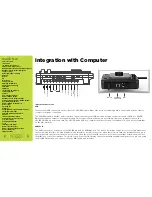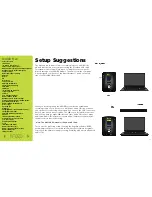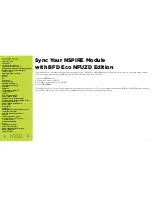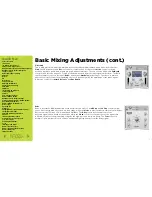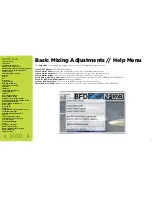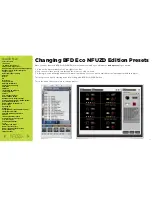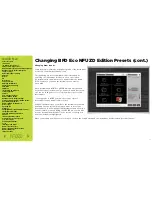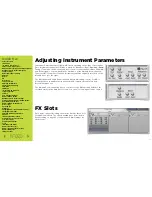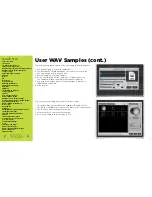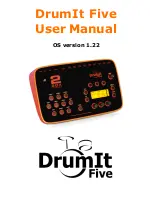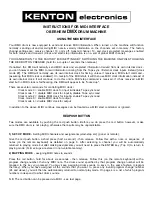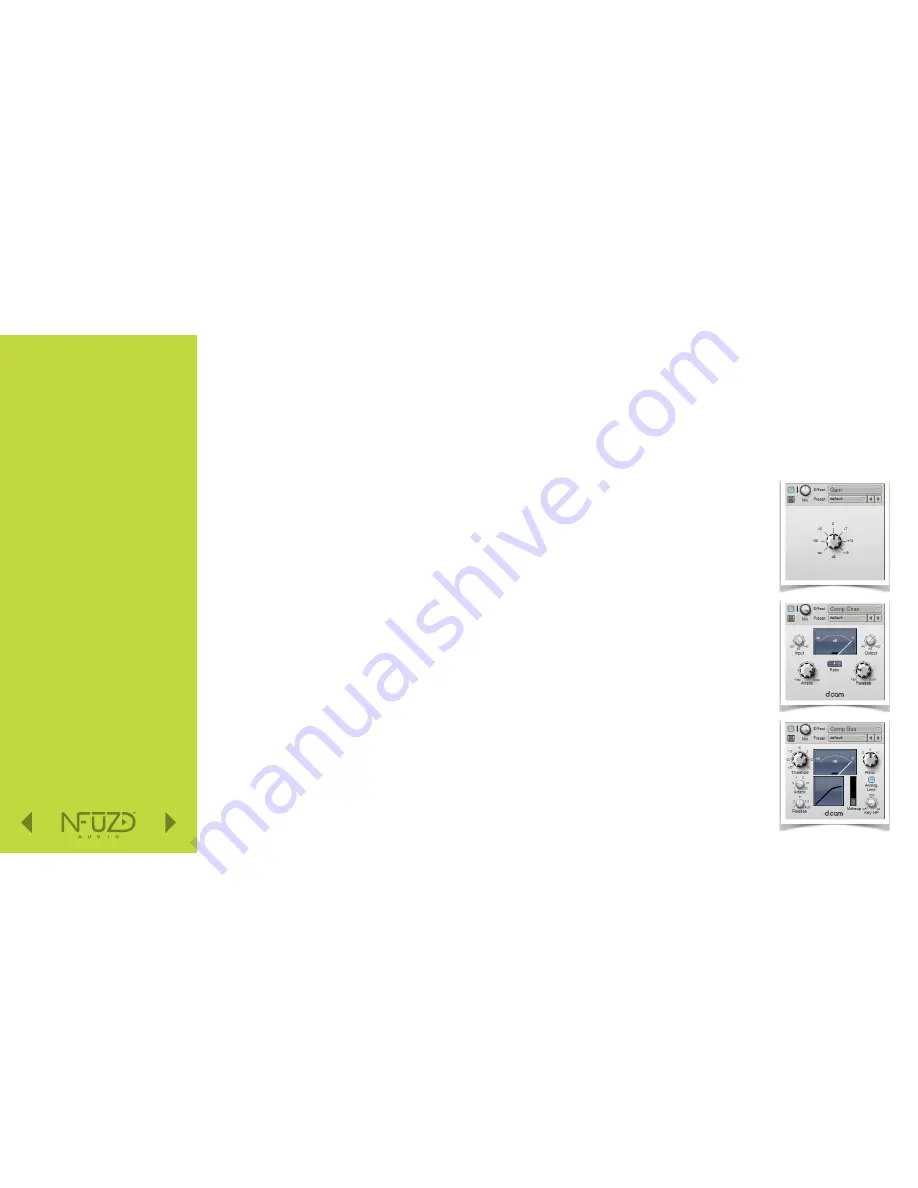
Quick Nav
Table of Contents
Introduction
I/O Module Panel Layouts
Snare and Tom Trigger Zones
NFUZD USB Key (Drive) and Data Management
NSPIRE Series I/O Module Navigation
Trigger Settings
Hi-Hat (HH) Trigger Settings
Kit Menu
Reverb
EQ
Mixer Menu
Saving a UserKit
Adjusting the MIDI Map
Trigger Function Settings
Click Menu
SEQ Menu
Integration with Computer
Setup Suggestions
Sync Key
Auto O
ff
and Sleep Mode
BFD Eco NFUZD Edition
NSPIRE Series I/O Module Settings
Getting Started w/ BFD Eco NFUZD Edition
Basic Mixing Adjustments
BFD Eco NFUZD Edition E
ff
ects
Grooves Page
Options Menu
Help Menu
Changing BFD Eco NFUZD Edition Presets
Changing Drum Sounds
Adjusting Instrument Parameters
FX Slots
Instrument and Mixer Faders
Getting New Professional Sounds
User .wav Samples
Exporting Sound Banks
Loops
Installing Sound Banks
BFD Eco Jukebox Player
BFD Eco Master Output Recording
BFD Eco Mixing Tips
Included Sounds
Basic Mixing Adjustments (cont.)
Click on any instrument image to access that channel’s settings. You have a variety of controls available including dynamics, tuning,
blending (on bass drum and snare drum notated as In and Out or Top and Bottom) and Damping. You will also see two auxiliary sends and
two send control dials for OH and Room sounds as well as a Flip Ambience feature.
The first default e
ff
ect in BFD Eco NFUZD Edition is
EQ
. This is a four–band parametric EQ. You then have two additional slots from which
you can add further processing.
FX Processing
Gain
This e
ff
ect is a simple tool for increasing or decreasing a channel’s gain. The Gain control sets the channel’s
gain between -inf dB and +18 dB.
Comp Chan
This is a DCAM circuit–modeled channel compressor, based on a classic
limiting amplifier
design. Increase
the Input control to make the sound more compressed, and adjust the Output level as required. Use the Ratio,
Attack and Release controls to a
ff
ect the compression characteristics.
Comp Bus
The Comp Bus is a DCAM circuit model of a classic British console bus compressor design, and features
Threshold
,
Ratio
,
Makeup
,
Attack
, and
Release
controls.
The
Key HP
control allows you to high-pass filter the signal used for the amplitude-detection circuit, while
the
Analog
Limit
control applies non-linearities to the detection circuit, resulting in a compression
characteristic that is more transparent on attacks.
4 5



